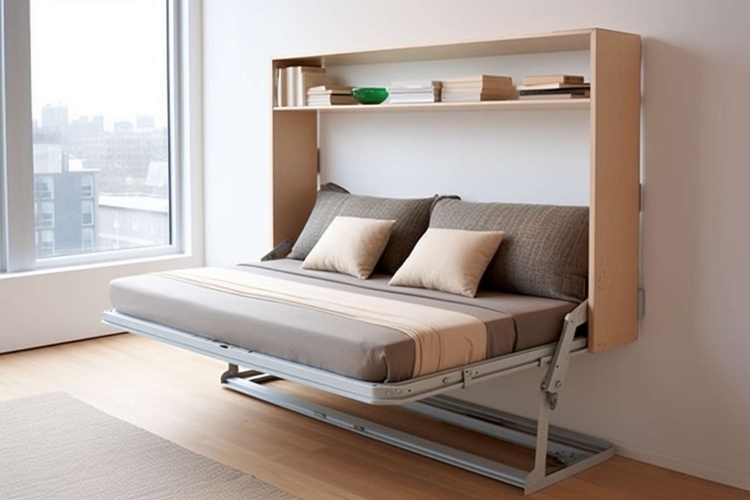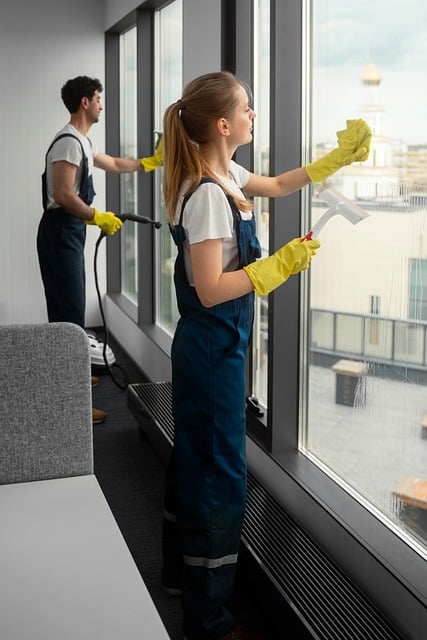Home Decoration: From Space Utilization to Atmosphere Creation, Building Exclusive Living Aesthetics
Home decoration is more than just simple decoration of space; it is the interpretation of living aesthetics—whether it is how to use every inch of space in a small apartment to achieve "expansion", or how to create a warm or minimalist living atmosphere through soft decoration matching (such as curtains, green plants, decorative paintings), it needs to combine personal living habits and aesthetic preferences. This article will share practical skills for efficient space utilization, methods for creating different style atmospheres, and how to integrate personalized elements into decoration, making your home not only meet daily functional needs but also full of unique living charm, without relying on expensive design plans.

Planning your layout and flow
Before selecting colors or cushions, map how you move through each room. Identify entry points, sightlines, and natural light, then arrange seating and storage to keep pathways at least 30–36 inches wide. Use area rugs to define zones and align furniture with focal points like a window or fireplace. In open plans, low-back sofas, bookcases, or screens create subtle separation without blocking light. Keep heavier pieces along walls to relieve visual weight in the center. Document measurements, note outlet locations, and sketch two or three layout options; test with painter’s tape on the floor before committing. This planning step prevents overcrowding and sets the stage for both comfort and visual harmony.
Efficient space utilization skills for small apartments
Maximize vertical real estate with wall-mounted shelves, pegboards, and tall cabinets that reach the ceiling. Choose furniture with built-in storage—lift-top coffee tables, storage beds, and benches with compartments. Foldable or nesting pieces (drop-leaf tables, nesting stools) adapt to different activities without permanent bulk. In closets, double the hanging space with tiered rods and add slim bins for off-season items. Use mirrors to bounce light and visually expand tight areas, and favor legs on sofas and chairs to reveal more floor, which reads as spaciousness. Keep a tight color palette to minimize visual noise; two main neutrals with one accent color create cohesion across small rooms.
Methods of creating atmosphere through soft decoration
Soft decoration—textiles, lighting, and decor accents—sets emotional tone. Layer textures (linen, bouclé, wool, rattan) for depth; mix smooth and nubby surfaces to avoid flatness. Adjust color temperature with lighting: 2700–3000K warm light promotes relaxation in living rooms and bedrooms, while 3500–4000K suits tasks in kitchens or studies. Combine three lighting types: ambient (ceiling or track), task (desk, under-cabinet), and accent (picture lights, wall washers) for adaptable mood. Use curtains to manage daylight: sheer panels diffuse glare; heavier drapes add coziness and insulation. Add tactile cues—plush throws in winter, breathable cotton in summer. Scent and sound matter too; a subtle diffuser and soft furnishings that absorb echo make rooms feel calm and considered.
Strategies for integrating personalized elements into home decoration
Personalization thrives on curation and consistency. Anchor your story with a guiding concept—nature-inspired, mid-century lines, or artisanal craft—then repeat key elements (woods, metals, colors) across rooms for continuity. Display meaningful objects in odd-number groupings (3 or 5) for balance, and vary heights within vignettes on shelves or consoles. Create a gallery wall with a unified frame color and mixed art sizes; keep 2–3 inches between frames. Incorporate DIY touches: framed fabric swatches, travel postcards, or hand-thrown ceramics add authenticity. Use the 60-30-10 rule: 60% dominant color, 30% secondary, 10% accent. If you collect bold items, ground them with neutral walls and simple silhouettes so signature pieces remain the highlight rather than visual clutter.
Home decoration suggestions combining function and aesthetics
Harmony emerges when utility is designed to be seen. Choose dual-purpose pieces that look good from all angles—console desks that transform into vanities, ottomans that store blankets, or sideboards that hide routers with ventilated backs. Prefer closed storage for irregular items and open shelves for curated sets. Specify durable, easy-clean materials where needed (performance fabric sofas, washable rugs), and soften them with tactile accents. Pay attention to ergonomics: correct seat height (17–19 inches), lamp heights that prevent glare, and task lighting placed opposite your dominant hand. Plan cable management with cord covers or grommets for a clean profile. Embrace a few sculptural forms—arched lamps, round tables—to offset straight architectural lines and create gentle visual rhythm in your area.
Low-cost atmosphere creation plans
A strategic budget can deliver high-impact ambiance. Prioritize paint and lighting first; both drastically shift mood for relatively little money. Next, update textiles—curtains, pillow covers, and a correctly sized rug unify color and comfort. Sprinkle in one standout accent (a sculptural floor lamp or statement mirror) to elevate the whole room without major expense. Typical small-room updates in the U.S. might allocate roughly 40% of budget to textiles, 25% to lighting, 20% to paint/wall treatments, and 15% to decor accessories. The product examples below reflect widely available options and common price ranges.
| Product/Service | Provider | Cost Estimation |
|---|---|---|
| Interior wall paint (1 gal, low-VOC) | Behr (Home Depot) | $35–$60 per gallon |
| Interior wall paint (1 gal, low-VOC) | Benjamin Moore | $50–$80 per gallon |
| Peel-and-stick wallpaper (roll) | RoomMates | $25–$45 per roll |
| Smart LED bulb (white A19) | Philips Hue | $14–$25 per bulb |
| LED strip lights (16.4 ft) | Govee | $20–$40 per kit |
| Sheer curtain panels | IKEA (LILL) | $7–$10 per pair |
| Floor lamp (basic) | IKEA (NOT) | $15–$30 each |
| Smart plug (dimmable on/off) | TP-Link Kasa | $12–$20 each |
| Area rug (5’ x 7’, synthetic) | Wayfair Basics | $60–$150 |
Prices, rates, or cost estimates mentioned in this article are based on the latest available information but may change over time. Independent research is advised before making financial decisions.
Conclusion
Curating exclusive living aesthetics is the result of disciplined planning, efficient space strategies, and purposeful layering of light, texture, and color. When personal stories are integrated with a restrained palette and right-sized furniture, rooms feel both intimate and open. A modest, well-allocated budget—focused on paint, lighting, and textiles—can transform atmosphere without structural changes. Thoughtful choices create continuity, while a few distinctive accents provide character that reflects how you live.




